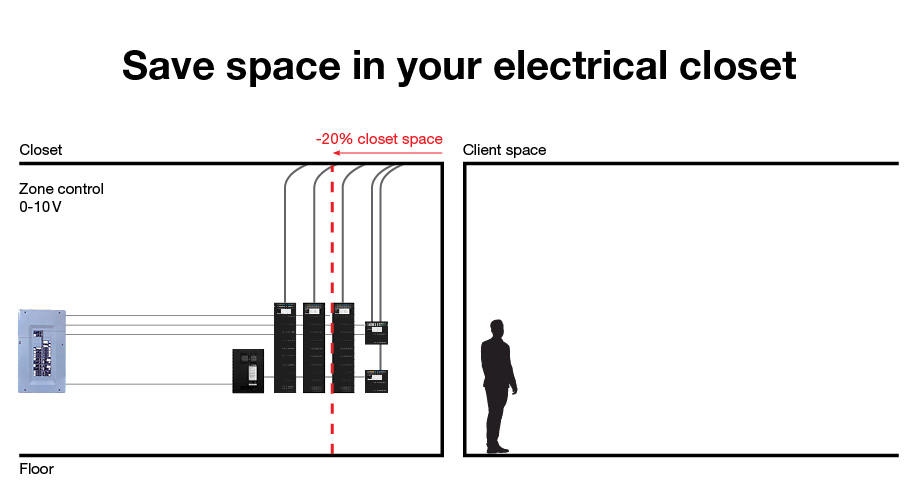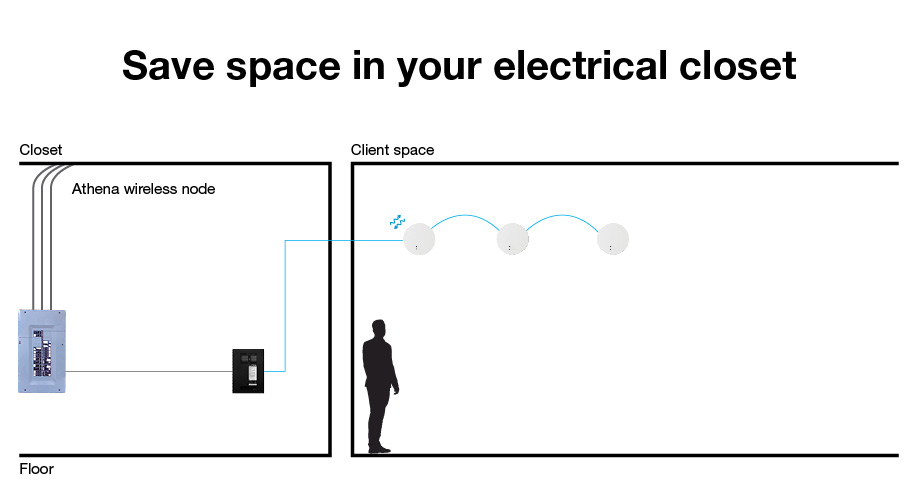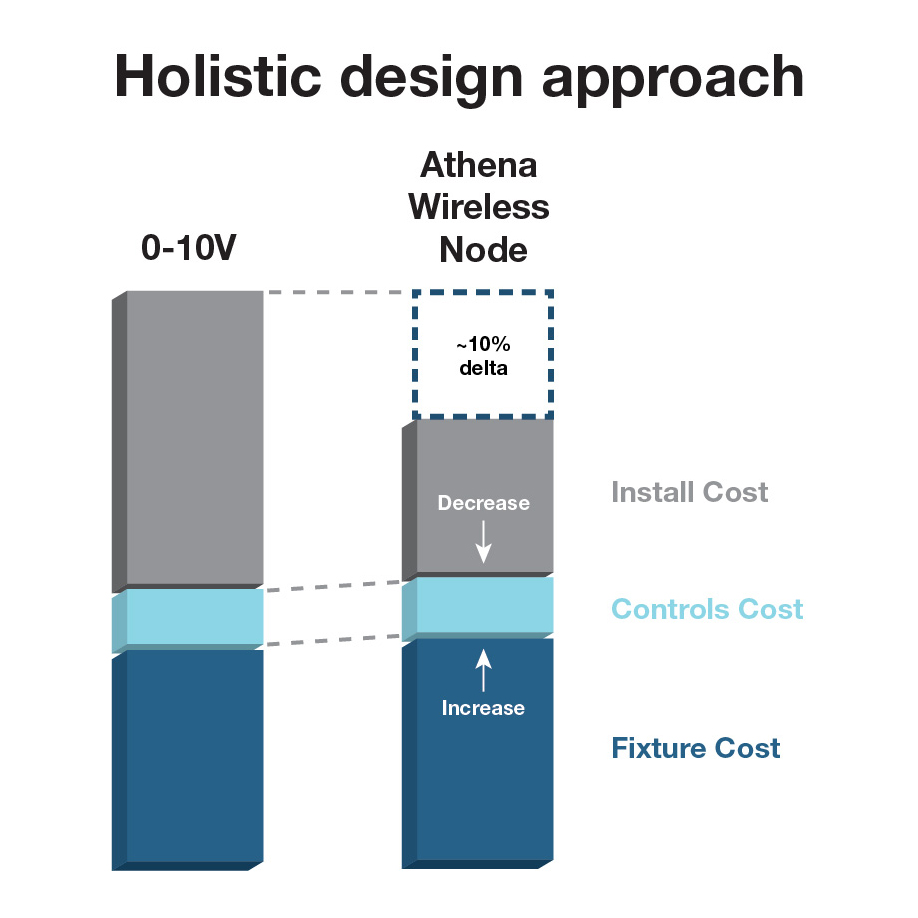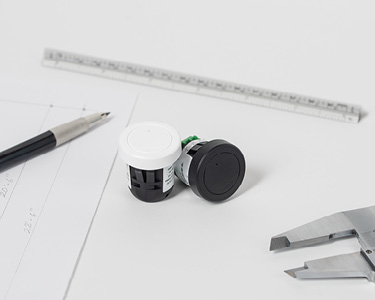Lighting Control Options to Save Electrical Closet Space
How many times have you finally managed to successfully arrange your electrical equipment to fit in the electrical closet, only to get a call from the architect saying you need to reduce closet space by another 20%?

Now your electrical hardware doesn’t fit and it’s back to the drawing board. The tug-of-war between lighting control equipment and available space is such a pervasive issue that Derek Buondelmonte, Senior Associate at AMA Consulting Engineers, recently told us that closet space is one of the biggest problems he deals with.
We asked Doug Kafka, Director of Specifications at Lutron, to talk with The Frequency about different options for lighting system design and how they might help alleviate shrinking-closet-space problems. Major lighting control strategies – distributed panels (e.g., ESN), centralized panels (e.g., Athena DIN Rail panel), and individual-fixture control – have different impacts on electrical closet space and total installed costs.
There are pros and cons to each option beyond space requirements, but when space is the primary constraint, the differences are pronounced. Now, Lutron has introduced the Athena Wireless Node, an RF individual fixture control product that nearly eliminates the need to mount lighting control equipment in the closet. The best thing about this solution is that it can work in almost any fixture with a DALI-2 or 0-10 V electronic-off driver.
Athena wireless node is an ultra-small, individual, wireless fixture control packed with technology to ensure you can easily and quickly adjust light settings by fixture, zone, or a combination of both. With this new option, the Athena system can be wired and/or wireless and controlled with granularity down to the individual fixture. In contrast, 0-10V control equipment requires power and control home runs to each lighting zone.

Let’s make this real by looking at lighting control strategies for a large (26,000 sq. ft.) office space. In the following example, we compare two control strategies and their respective impact on material cost and required closet space.
"Closet space is one of the biggest problems we deal with"
-Derek Buondelmonte, Senior Associate at AMA Consulting Engineers
0-10V (Analog) Solution vs. Individual Fixture Control
When using a 0-10V zone control solution, contractors must mount and wire the distribution panel as well as each individual panel. In general, installation requires enough wall space in the electrical closet for the breaker panel as well as 1 foot of separation between all devices to accommodate wiring into and out of the panel.
When we compare a 0-10V system with a Lutron individual fixture control solution the space savings are significant. In the following 0-10V solution, each zone is wired back to a control panel. In comparison, with individual fixture control you have an Athena wireless node installed in each fixture. Zoning is done entirely through programming; there is no need to home-run each zone to the panel, meaning less wire and less material to install.
Although fixture cost is higher with the digital solution, installation labor units and required closet space are significantly lower. In addition to a lower installation cost, the digital solution offers greater flexibility and higher-performance control. With the Lutron in-fixture solution there is less risk of miswire during installation, and lighting in the space can be easily reconfigured both during and post-construction. This is a key project differentiator as it ensures the lighting system can accommodate changes to space layout without costly rewiring or third-party commissioning.

Design Depends on Your Customers’ Priorities
Depending on the specifics of the project, your pain point can be cost, space, or both. Lutron offers design flexibility so you can create the right solution in response to the customer’s needs.
No one system will be right for all your jobs. The good news is that Lutron has a solution to meet every performance, budget, and space requirement.
Call Lutron to help you evaluate the best solution for your project.

